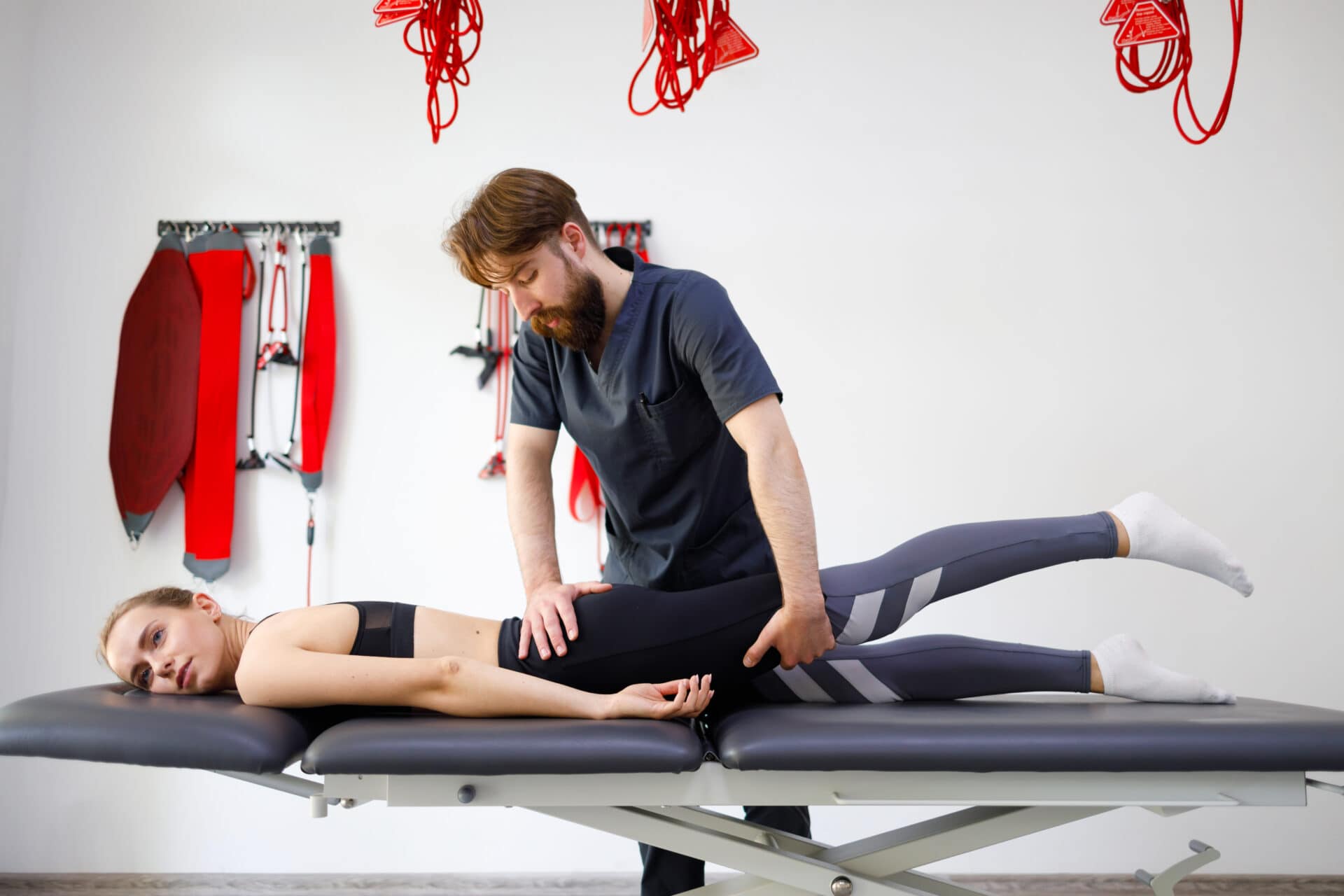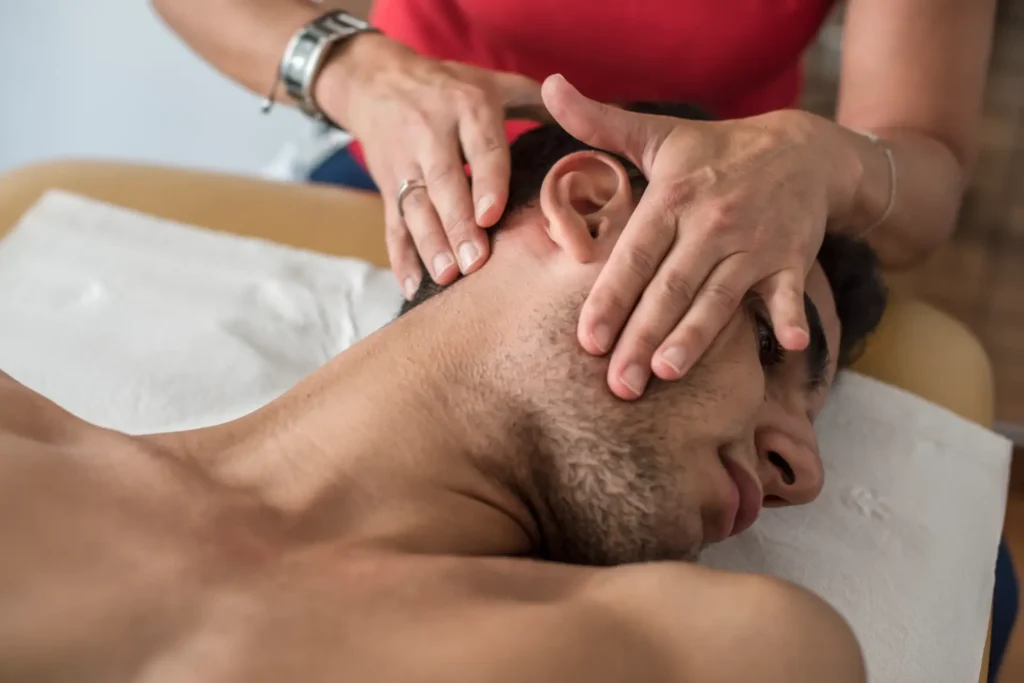Hip flexor pain is a common issue that affects individuals across various age groups, particularly those engaged in active lifestyles or sedentary occupations. This discomfort can significantly hinder one’s ability to perform daily activities, leading many to seek effective treatment options. One question that frequently arises is whether chiropractic care can offer relief.
So, this blog post explores the causes of pain, the role of chiropractic care in treating this condition, and additional strategies to prevent future pain. Keep reading!
Common causes of Hip Flexor Pain
The hip flexors are a group of muscles that allow for hip and lower body movement. Pain in this area can stem from various sources, including acute injuries, chronic overuse, or the prolonged sedentary behavior typical of modern lifestyles.
Common causes of hip flexor pain include overuse during activities such as running, cycling, or any sport that involves repetitive leg motion. Acute injuries, such as falls or direct impacts, can also lead to hip flexor strain, resulting in pain. Symptoms typically include sharp pain in the hip or groin area, stiffness, and reduced range of motion.
Moreover, patients often feel the symptoms as sharp, localized pain in the front of the hip, stiffness, and a noticeable decrease in range of motion.
How can chiropractors help with hip flexor pain?
Chiropractic care offers a holistic approach to treating hip pain, focusing on realigning the body’s musculoskeletal structure to promote optimal function and reduce discomfort. Chiropractors’ types of treatment techniques include:
-
- Manual Adjustments: Carefully applied manipulations to the spine and pelvis can help alleviate undue pressure on the muscles.
- Soft Tissue Therapy: This involves massage and other methods to relieve muscle tension, enhance blood circulation, and aid healing.
- Targeted Exercises: Strengthening and stretching exercises are prescribed to address muscle imbalances and increase flexibility in the flexor muscles.
Hip flexor treatments offer more than just immediate pain relief; they aim to address the underlying issues causing your discomfort. By restoring proper alignment and muscle balance, chiropractors and chiropractic adjustments can significantly improve the range of motion of your tight hip, decrease inflammation, and enhance overall muscle and joint function. These benefits contribute not only to a reduction in current pain but also to long-term musculoskeletal health, avoiding tight hip flexors.
Beyond Chiropractic: Complementary Approaches for Hip Pain
For recovery and long-term wellness, integrating complementary therapies can be beneficial. Therefore, chiropractors may recommend:
-
- Physiotherapy: Specialized exercises that improve strength and endurance of the hip flexors.
- Acupuncture: Can help reduce pain and inflammation, enhancing the body’s natural healing response.
- Yoga: Promotes flexibility, strength, and mental well-being, aiding in the recovery of hip flexor injuries.
Lifestyle Modifications for Prevention for hip flexor muscle
Preventing hip flexor pain involves adopting a proactive approach to health and wellness. Regular physical activity, proper ergonomic setups at work, and mindfulness of posture can prevent the onset of pain. Incorporating daily stretches, particularly after long periods of sitting, can also keep the hip flexors limber and less prone to injury.
The Role of Diet and Nutrition to avoid hip flexor strain
Nutrition plays a pivotal role in managing inflammation and supporting tissue repair. A diet rich in anti-inflammatory foods, such as omega-3 fatty acids, antioxidants, and phytonutrients, can aid in the recovery process and bolster overall health. Hydration is equally important, as water supports every cellular function in the body, including muscle repair and recovery.
Conclusion
Chiropractic care offers a viable and effective solution for those suffering from hip flexor pain. It provides a non-invasive option that addresses both the symptoms and the root causes of discomfort. When combined with complementary therapies and lifestyle adjustments, chiropractic treatment can lead to significant improvements in mobility, pain reduction, and quality of life. If you are experiencing hip pain, consulting with a chiropractor could be your first step towards a pain-free life, enabling you to return to your daily activities with ease and comfort.
Here at Prestige Health and Wellness, you’ll find specialists focused on your well-being and overall improvement. Book your appointment.
Sources:




